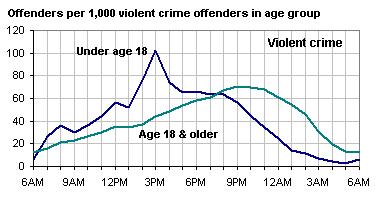the ratings shift around from year to year, since a “hit” hundred-citation article in, say, policing would rocket that journal up the charts. this year, i’m a bit surprised by the high ranking of sexual abuse: a journal of research and treatment, but see few other surprises on the list. in my opinion, good articles appear in every one of these journals, though the top-ranked journals might be more consistent in publishing high-quality articles from stem to stern in every volume.
1. Citation Analysis
A high number of citations generally indicates a high level of quality. Cited reference searching enables you to find articles from journals that have cited a book, a patent or another article. Through a cited reference search, you can discover how a known idea or innovation has been confirmed, applied, improved, extended or corrected… Citation Analysis Debate
2. Impact Factor
Impact factor is based on the number of times that articles in a journal are cited in the two years following the year of publication…High impact factor or highly cited journals are considered more prestigious and important. JCR Fact Sheet Impact Factor Debate
3. Prestige and Reputation of the Journal
The prestige and reputation of the association, society, or organization publishing a journal can be a determining factor. Theoretically, the most prestigious scholarly associations such as APA, IEEE, etc. publish the best, most important, research in the field and therefore their journals have more prestige and weight than others…
…Few people have knowledge of, and familiarity with all scholarly journals in a discipline …However, among sub-disciplines, it becomes more possible to possess in-depth familiarity with the journals. If someone does truly possess this knowledge, their opinion, of which are the “best” journals in a discipline is worth a great deal in assessment.
5. Acceptance/Rejection Rate of the Journal
…Low acceptance rate, high rejection rate journals are considered the best and most prestigious journals. …Many journals and societies have web pages that give publication data and style requirements and often includes acceptance/rejection rates. The paper copy of the journal occasionally includes this data and will always provide current contact information. Periodical Guide
6. Indexing Services covering the Journal
Whether a journal is indexed in the major indexing/abstracting service in the field is another criteria that can be used to assess the worth and quality of a journal.
7. Total Circulation of the Journal

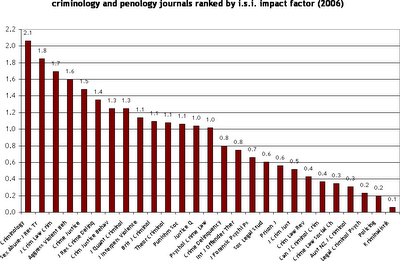




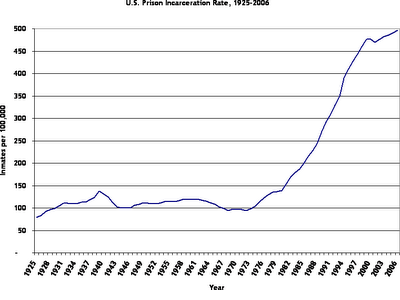
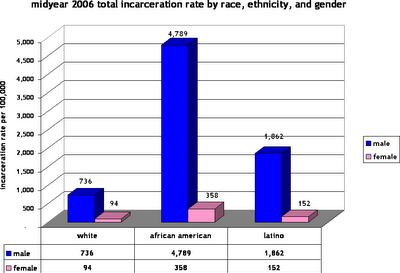


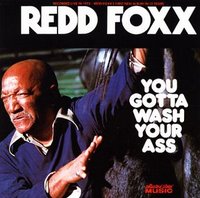 i personally discovered obscene recordings back in elementary school. a friend had somehow obtained comedy albums by cheech and chong, richard pryor, george carlin, and redd foxx on one of those “get 14 records for a penny!” record club promotions. the sexual references surely sailed over our heads, but we knew this stuff had to be funny and guffawed accordingly.
i personally discovered obscene recordings back in elementary school. a friend had somehow obtained comedy albums by cheech and chong, richard pryor, george carlin, and redd foxx on one of those “get 14 records for a penny!” record club promotions. the sexual references surely sailed over our heads, but we knew this stuff had to be funny and guffawed accordingly.